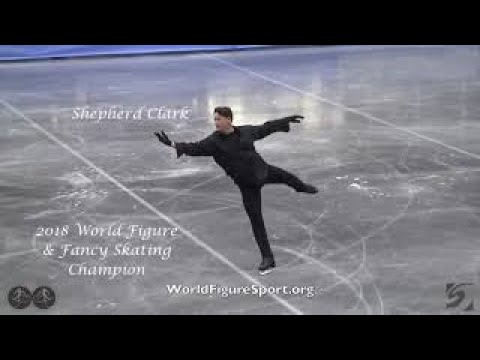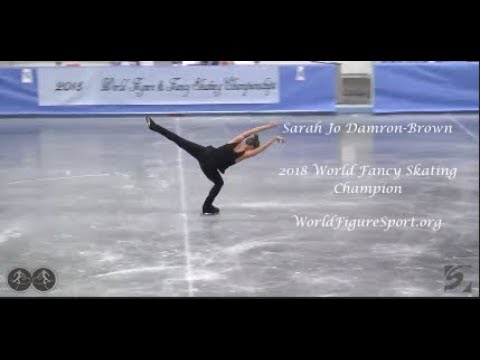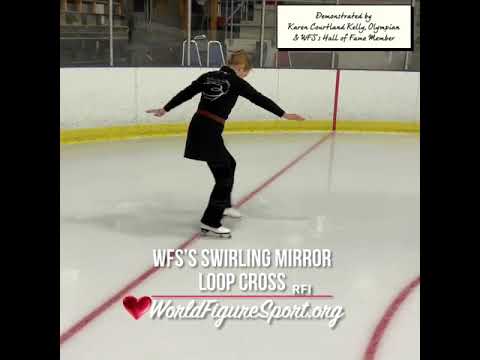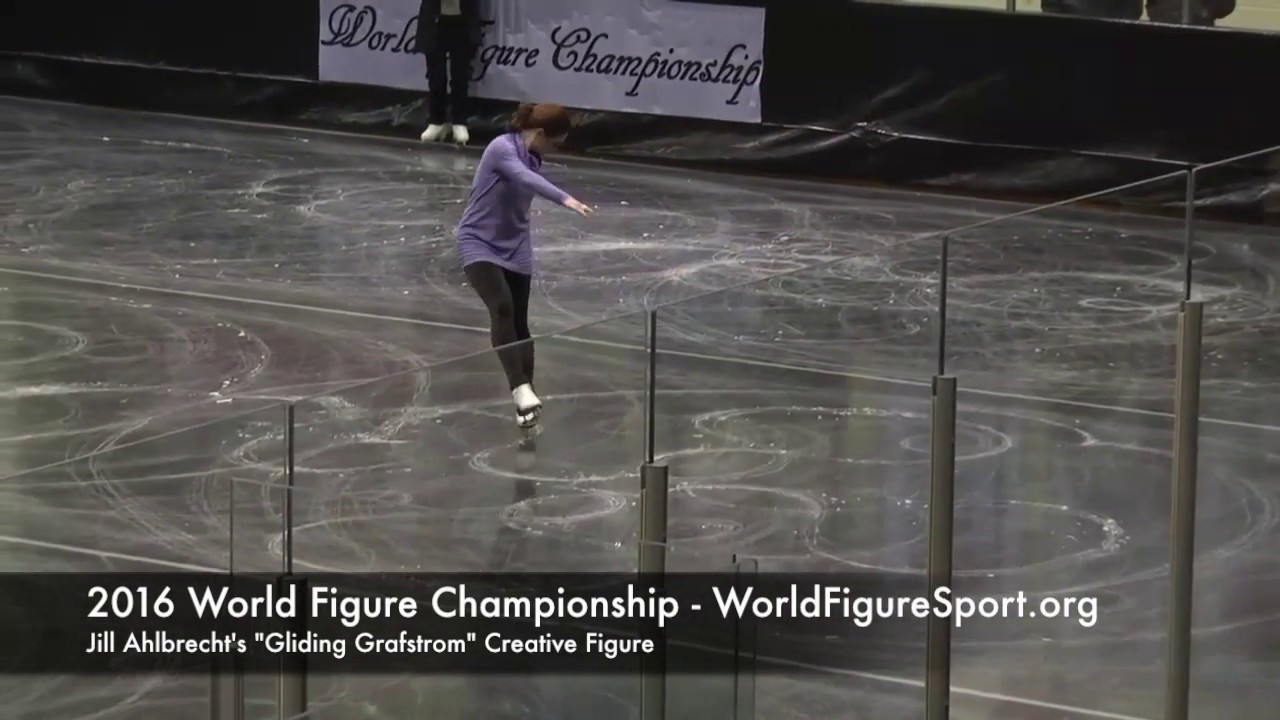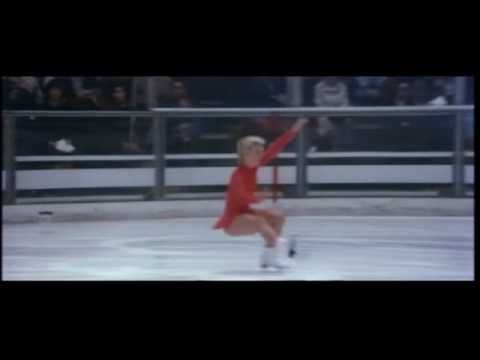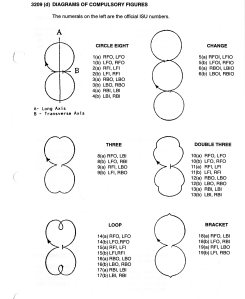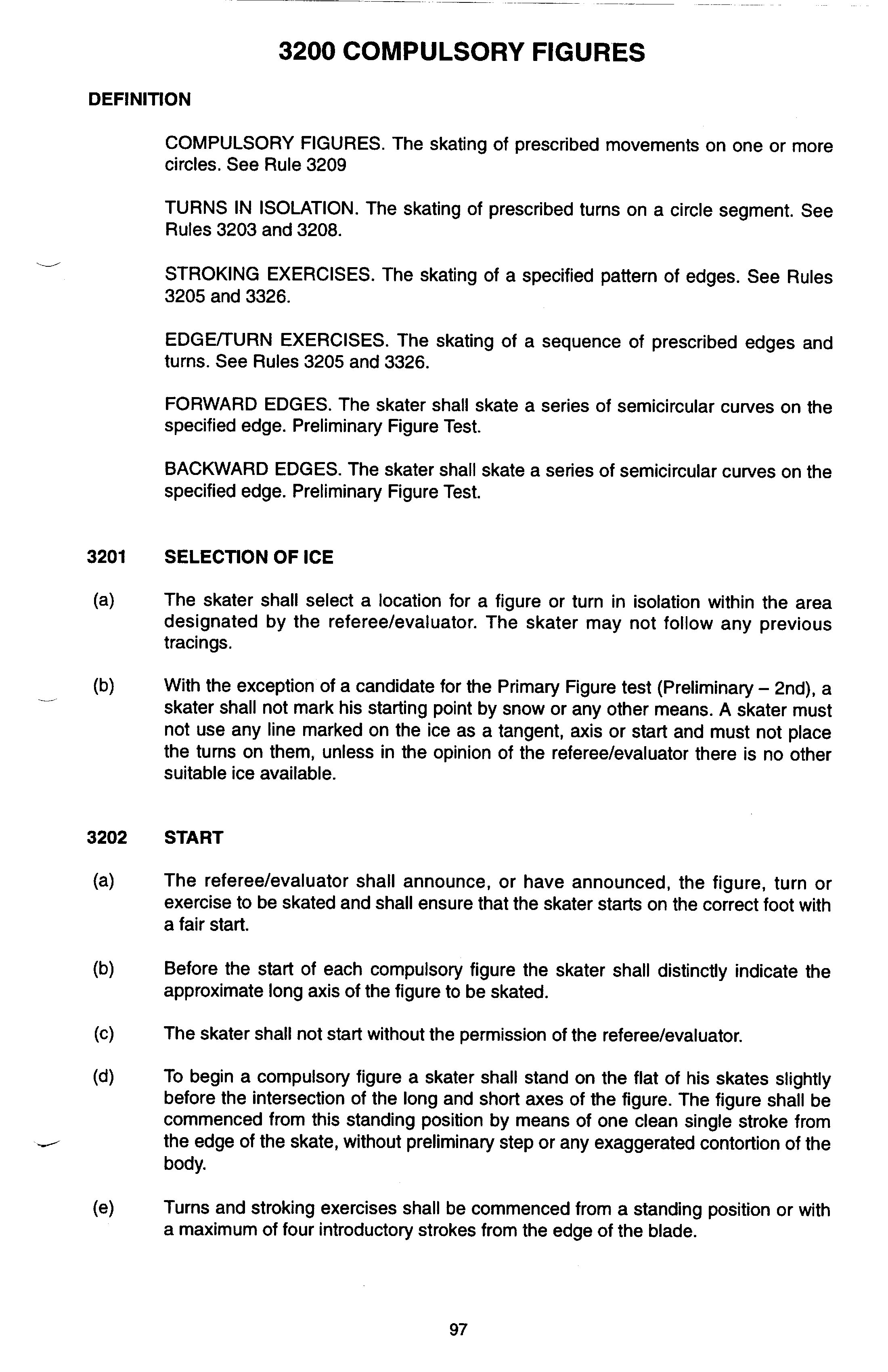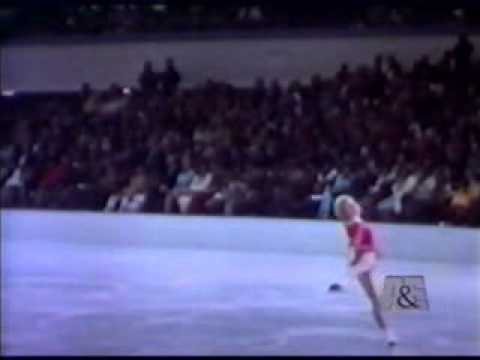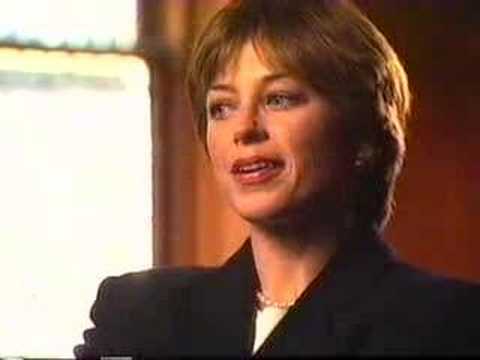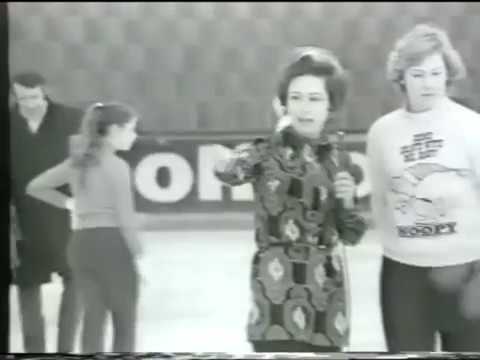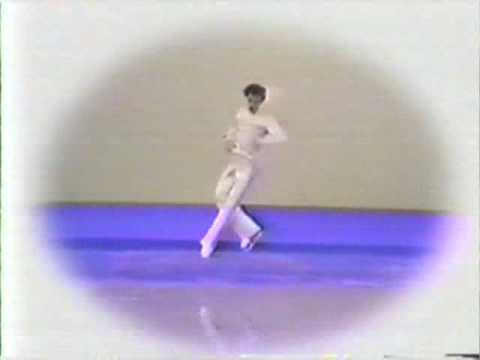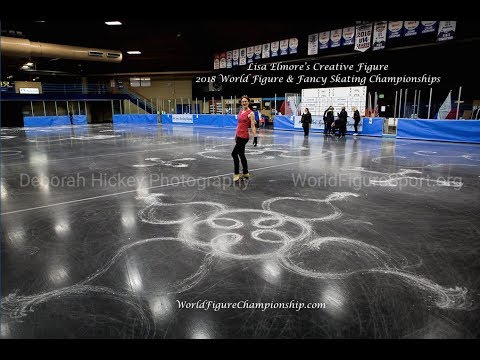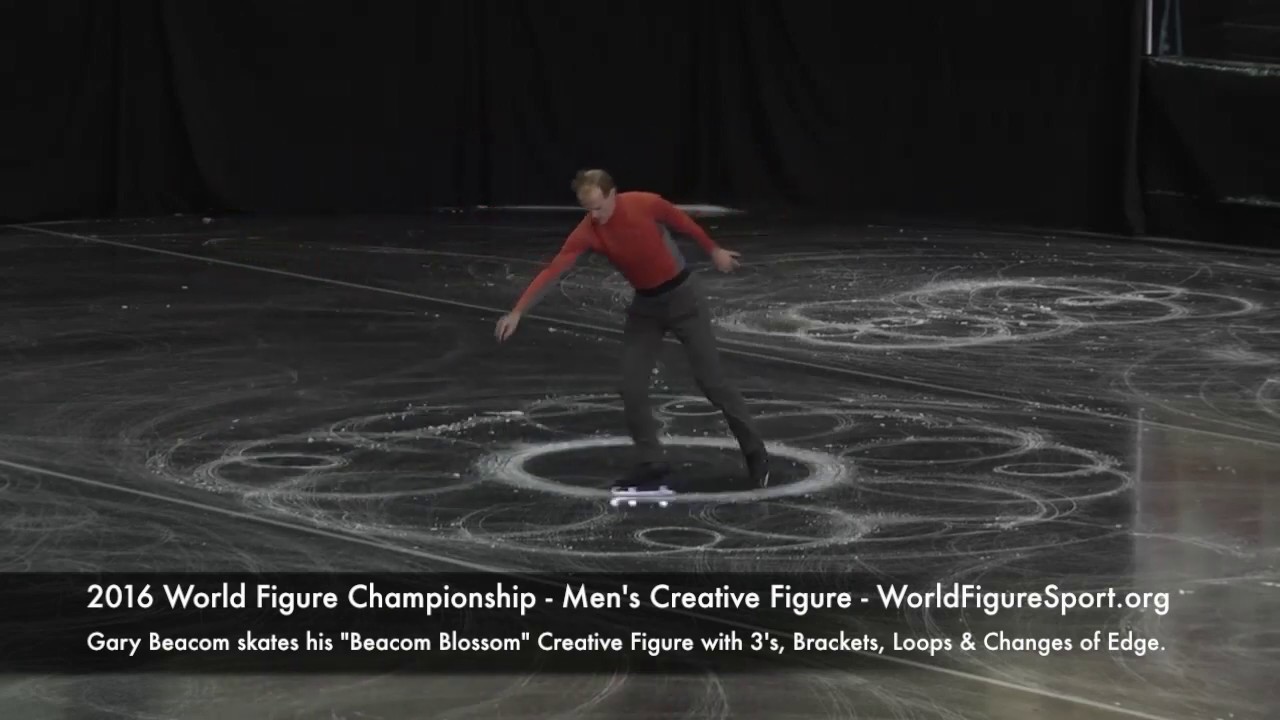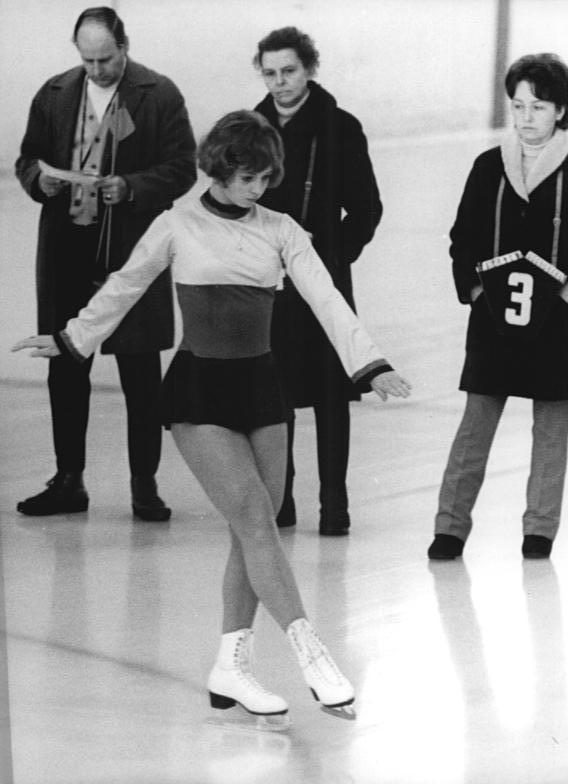DreamSkates
Well-Known Member
- Messages
- 3,375
I had no idea that in the beginning, school figures were an art form and quite creative.
https://www.youtube.com/watch?v=jU9Hy1upUr0
Please add your insights and videos.
https://www.youtube.com/watch?v=jU9Hy1upUr0
Please add your insights and videos.

 Scott is phenomenal. His school figures are what ended up winning him the Olympic gold medal in 1984.
Scott is phenomenal. His school figures are what ended up winning him the Olympic gold medal in 1984.
